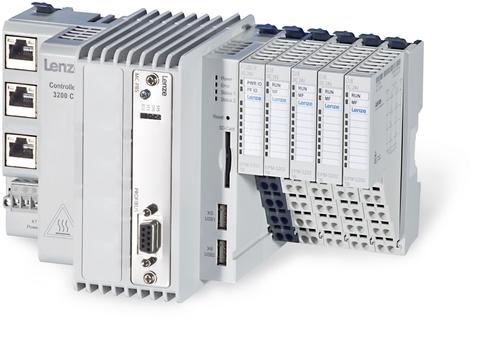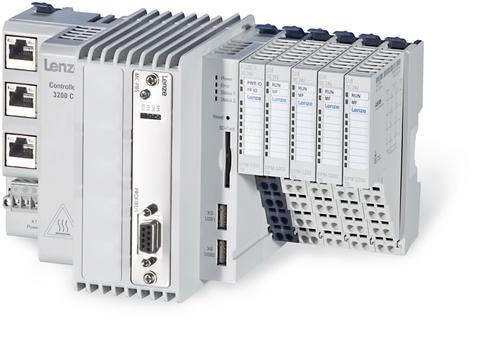June 21, 2013

Traditionally, the generally accepted approach to motion control engineering has been based on a fairly simplistic model incorporating a motion controller, servo, and motor control. A typical system might comprise a single machine solving a simple problem, such as a mechanical carton packaging machine powered by a single motor, with a 1:1 revolution-product ratio. Although lacking in speed and flexibility, with the proper settings, even an unsophisticated mechanical process can offer viable and consistent performance in some standard linear motion applications. Employing a traditional design method, the switch to a different product or package sizing changes often means production downtime to change out parts, which can require several hours of skilled labor.
As packaging automation applications become more ubiquitous and control requirements increasingly complex, it is important to move beyond standard design layouts and take a motion-centric approach, whereby the machine tasks more closely inform the control system design.
Managing the multiplying demands of motion system applications
Although the mechanics have not changed substantially, packaging application demands have multiplied. Industry is trending toward more highly synchronized AC servos and robotics for customized motion control applications deployed in logistics, material handling, plastic machines, metalwork, and other industries. As a result, there are more complexities to address in the design phase. An application such as pharmaceutical blister packaging may include variable package sizes, smaller runs, equipment washing, and the ability to switch between capsules, tablets, and liquid products. Design issues would include not only consistency and high reliability, but precision speed, flexibility, and ease of programming to accommodate shifting product variables.

In any machine design application, it's important to keep in mind that motion starts at the load. The dynamic packaging industry, particularly consumer goods packaging where cycle rates can range high, exemplifies some of the challenges for motion control engineers. A cartoning operation, for example, might comprise 20 AC servo motors. A confectionery wrapping machine may require 3,000 wraps per minute and multiple steps. The complexity problem relates not only to scale, but programming. Consumer packaging machinery is often required to handle a variety of product. The machine environment must not only accommodate turbo speeds, but possess the necessary flexibility to convert new SKUs being introduced to the market.
In the past it was not unusual for proprietary programming of a complex machine operation to take years in development. Modern complex machine designs do not necessitate the same time commitment for programming as those earlier iterations. Software advances have simplified not only custom programming, but machine operation and maintenance. Simplicity and code modularity were major achievements in the development of the OMAC PackML (Organization for Machine Automation and Control-Packaging Machine Language) group and ISA-S88 (International Society of Automation). In particular, ISA-S88 provides standards pertaining to equipment modules and control modules, which basically serves as the framework for vendors to provide an interchangeable block of code for a specified servo motor.
Rather than programming each motor individually, the internationally accepted codes allow programming of one function block that can be replicated and applied to others. Building a program based on ISA-S88 and PLC Open Motion standards provides a suite or range of motions available in a specific motor, so the machine engineer can more easily achieve interoperability that was unavailable even a decade ago. Standardizing the coding process enables code modularity to facilitate seamless communication from the motion controller to the PLC and HMI. At the core of validation, the flow of information also enables simplification of previously complex machines and processes, such as robots and belting systems. The newest controls on the market are intelligent enough to factor in the dimensions of a primary and secondary packaged product, for example, and auto-adjust the machine without complex timers, counters, and other variables.
Leveraging modular multi-axis robotics to simplify complex tasks
Robotic technologies are no longer confined to highly specialized applications. The latest motion control technologies enable the integration of robotics into any packaging application that can be defined in degrees of mechanical freedom. For example, a continuous case packer in the past comprised a mechanical load ram pushing product into waiting cases -- requiring a continuous supply of product and cartons -- and an intermittent stop and start motion. Creating a design that occupies three dimensions requires taking the ISA S-88 standard and using a robotic block to combine all three axes together. The three dimensional movement can be coded into one block, integrating programming for all recovery, honing, and operation movements, and replicated for parallel operations.
About the Author(s)
You May Also Like





